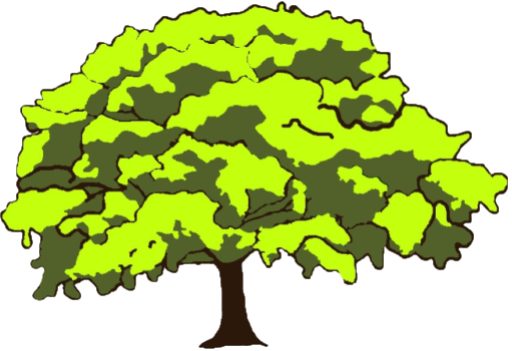In this post, I’m going to lay out some principles for world building without essentialism in race. This starts to put into action some of the things I’ve worked out in other recent posts (signposted here).
In future posts, I think I will set out a specific society following these principles, and showing an idea I’ve had for re-framing the Tolkienesque fantasy races.
Before I start designing a setting, these are the principles that will guide the process:
A diverse human species. The range of variability in humanity will cover all the inborn characteristics that we want to be available for humanlike characters, both PCs and NPCs. So for example in my illustrative worldbuilding this will cover a height range from halfling to minor giant, a build range from elf-skinny to dwarf-solid, a full range of colouring, facial features including all real human types, plus fantasy race features like pointed ears or tusklike teeth, natural fantastic capabilities like special senses, and so on. It may well include animal-like features like muzzle faces, fur, scales, etc.
Cultural variation separate from inborn variation. All of the things that you would expect to depend on culture and learning, such as language, aesthetics/design, ways of life, skills/proficiencies, values, attitudes, religion and so forth, are culturally transmitted. This will often go from parents to children, but not always, so it will be to some extent independent of variability in inborn features.
Geographical patchiness. The inborn and cultural diversity of humanity is not completely evenly spread and mixed up. There are differences between populations in different lands, as well as differences between individuals in the same lands. The differences between individuals will generally be greater than the differences between populations.
Geographical mixing. The geographical patches are often not sharply defined. Where populations meet at the edges they blend into each other. Also, people travel longer distances from one land to another, and sometimes settle in a new place and/or have children with people from other places. Therefore mixing occurs even within the hearts of population patches. In the longer term, there are repeated migrations, sometimes in large numbers and/or consistent trends, so geographical variations don’t stay static and separate.
Cultural variation, which is transmitted from person to person during their lifetimes, and can be exchanged readily by temporary visitors as well as longer-term migrants, tends to change faster but also tends to be reinforced between members of the same society, so that different lands can have cultures that remain different as they evolve. Inborn variation transmits much more slowly but also is less subject to assimilation to native characteristics, so the populations of different lands tend to blend where they are in contact, and to gradually differentiate when separated, in ages-long cycles.
Societies generate different groups and labels. People within the same society want to identify themselves with some of their neighbours, and differentiate themselves from others. In this way, societies develop different groups and subcultures within themselves (and including resident out-groups that may not entirely be recognized as within the society). Such subgroups may be based on things like occupation, property, status, religion, language, politics, values, residence, leisure activities, gender, ancestry or family relationships, etc. They may be displayed by people with their dress or styling, property, speech, behaviour, associates and other choices. They may also potentially be associated with inborn features such as natural appearance, but this is often less important than those signals that can be controlled. Some of the ways that a society is divided into subgroups may be known and labelled, as classes, estates, castes, subcultures, denominations, sects, races, tribes and so forth. Or specific divisions may be recognized and named. But other types of division can be unrecognized and informal.
Social divisions and structures can (if you want to world-build in this much depth) be complex, overlapping and intersecting – many people will belong to more than one group. Sometimes groups in different schemes might line up, like people of a particular religion, or migrants from a particular area, might often also follow a certain occupation.
It is social processes that both mark out these groups and decide who belongs to which group. People can go through social processes during their life that change their group membership. It is possible that group labels and individual identities can be contested if different people do these social processes differently.
Therefore, we can still design vibrant and varied fantasy worlds, with as many (or as few) different identities and character-building options as we need, without using essentially-different races.
